25 Gobbling Good Thanksgiving Facts: History, Trivia & Surprises!
Beyond the Turkey: A Thanksgiving Introduction
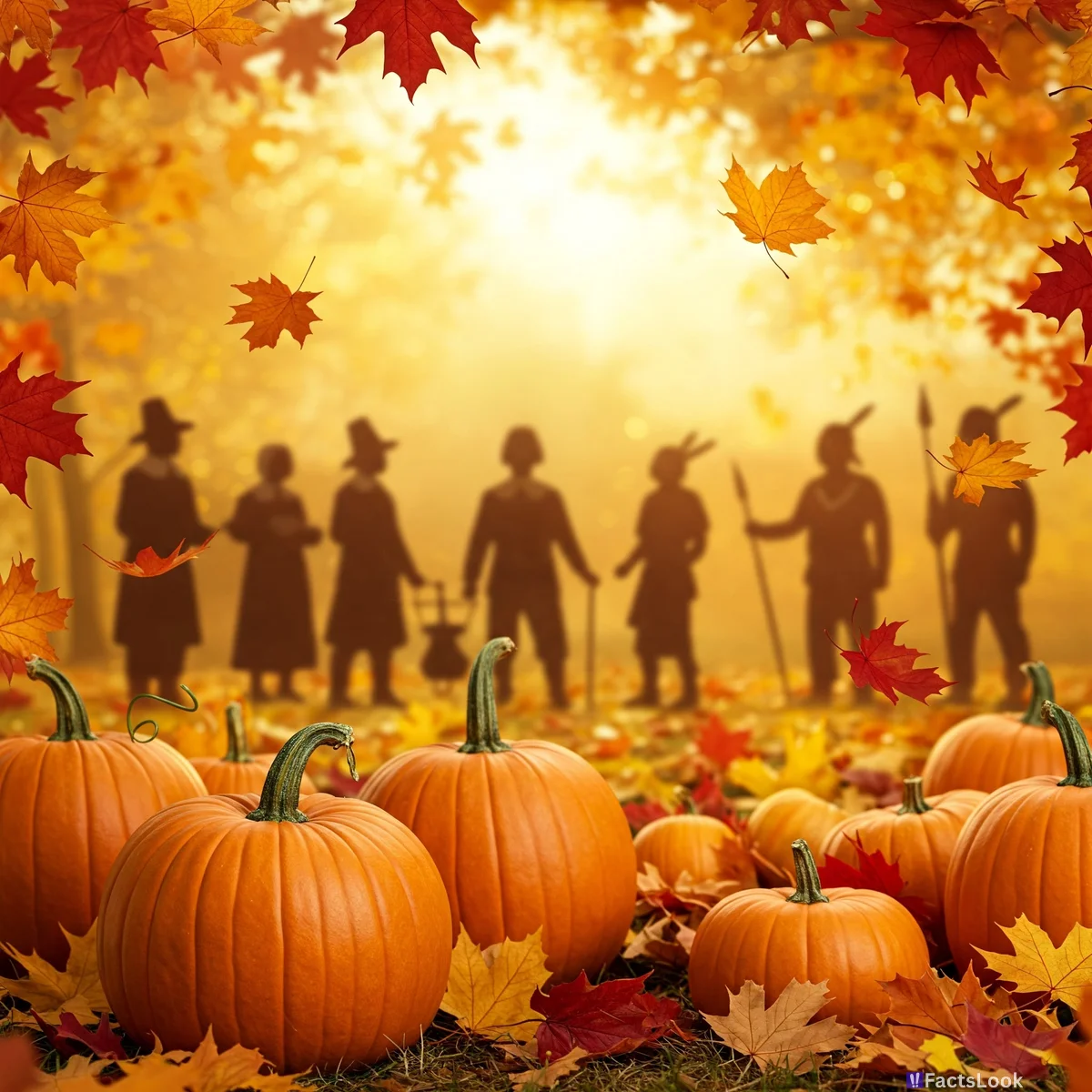
Thanksgiving is more than just a delicious meal; it's a deeply rooted celebration with a complex past. Forget the simple schoolbook story – it’s filled with fascinating twists, surprising origins, and little-known facts. Get ready to gobble up some knowledge as we unveil 25 things you probably didn't know about this cherished American holiday! Prepare to celebrate Thanksgiving with a newfound appreciation for its history.
The First Thanksgiving Wasn't in Plymouth!
While Plymouth is famous, the *first* Thanksgiving celebration in North America actually took place in Florida in 1565. Spanish explorers, led by Pedro Menéndez de Avilés, shared a meal with the Timucuan Native Americans as a gesture of peace and gratitude upon arriving in St. Augustine. This predates the Plymouth feast by 55 years.
Turkey Wasn't on the Menu…Initially
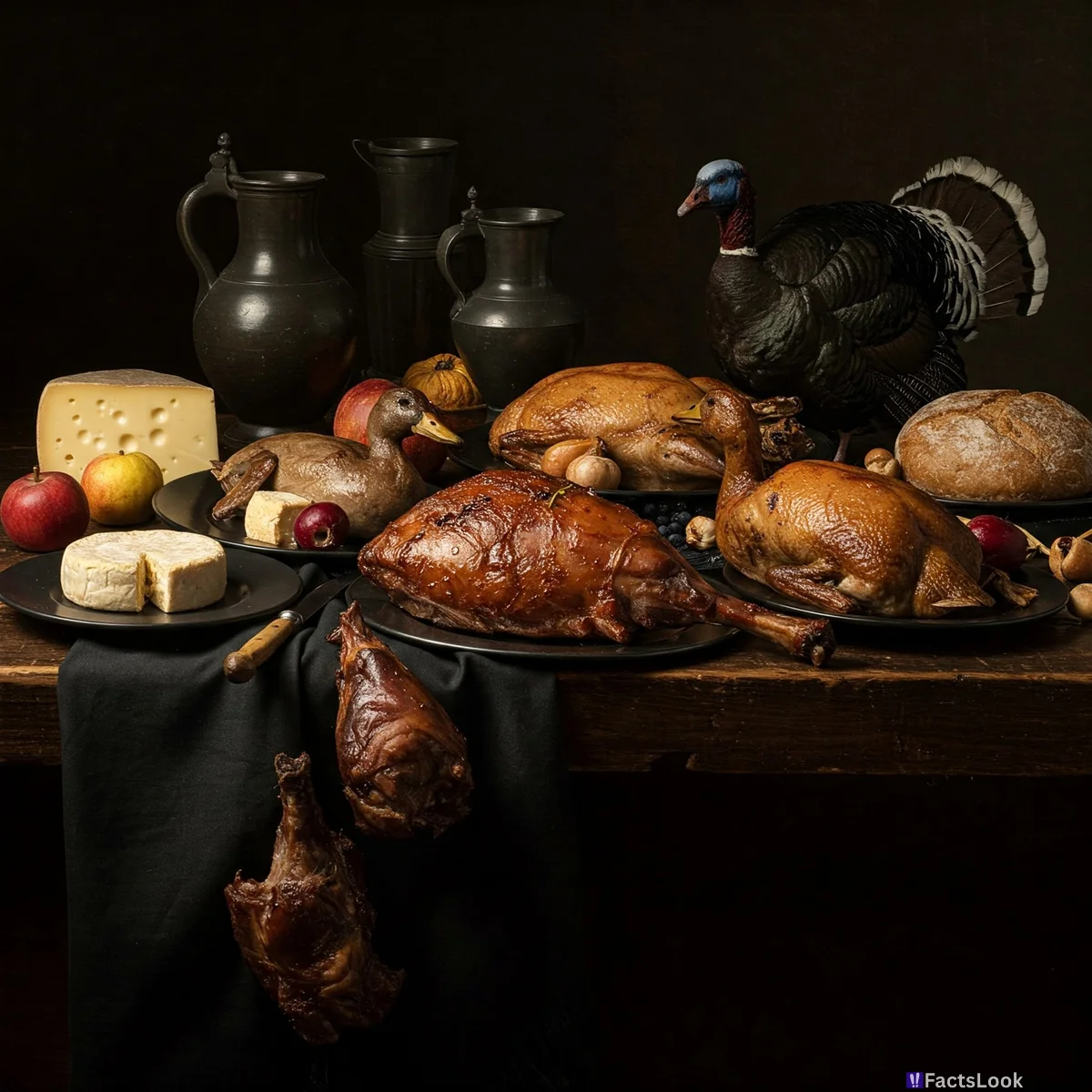
Believe it or not, turkey wasn’t the star of the first Thanksgiving feasts. Historical accounts suggest the Pilgrims primarily ate deer (venison), fowl such as ducks and geese, and fish. Turkey became the centerpiece much later, gaining prominence in the 19th century, largely thanks to its size—feeding a large family with one bird was convenient.
Sarah Josepha Hale's Thanksgiving Campaign
Long before Norman Rockwell’s iconic paintings, Sarah Josepha Hale, editor of *Godey’s Lady’s Book*, campaigned for over 30 years to make Thanksgiving a national holiday. She tirelessly wrote letters to presidents, eventually convincing Abraham Lincoln in 1863 to proclaim it as such.
Lincoln's Proclamation (and its Timing)
Lincoln’s Thanksgiving Proclamation of 1863 was issued during the Civil War, hoping to unify a divided nation through a shared day of gratitude. It was a strategic move to foster a sense of national unity during a time of immense conflict and sorrow. [Source: https://www.archives.gov/founding-docs/proclamation-thanksgiving]
Football’s Thanksgiving Connection
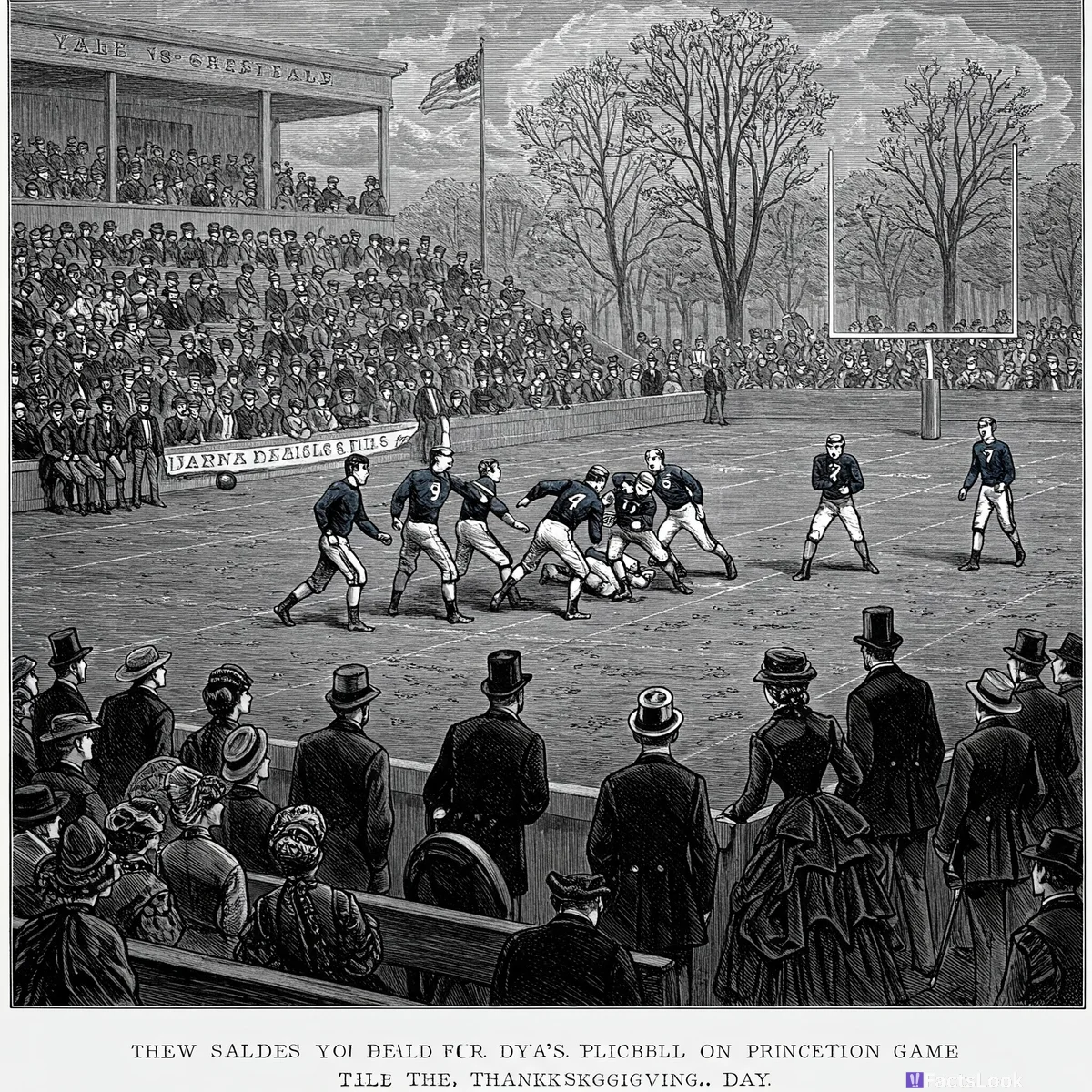
The tradition of watching football on Thanksgiving began in 1895 with a game between Yale and Princeton. The event’s popularity quickly spread, becoming a cornerstone of the holiday for many families. This sporting tradition added a new layer to the day.
Macy's Thanksgiving Day Parade Started Differently

The first Macy’s Thanksgiving Day Parade in 1924 wasn’t filled with giant balloons! It featured live animals from the Central Park Zoo. Employees dressed as clowns marched the route, and the parade was initially called the 'Christmas Parade.' The balloons came later.
The Turkey Trot's Origins are a Bit Murky
The “Turkey Trot” running race doesn’t have a single definitive origin. Some believe it began as a charitable run in the late 19th century, while others connect it to a satirical dance craze of the early 20th. Regardless, it’s now a popular Thanksgiving tradition!
Cranberries Were Once Used for Dye
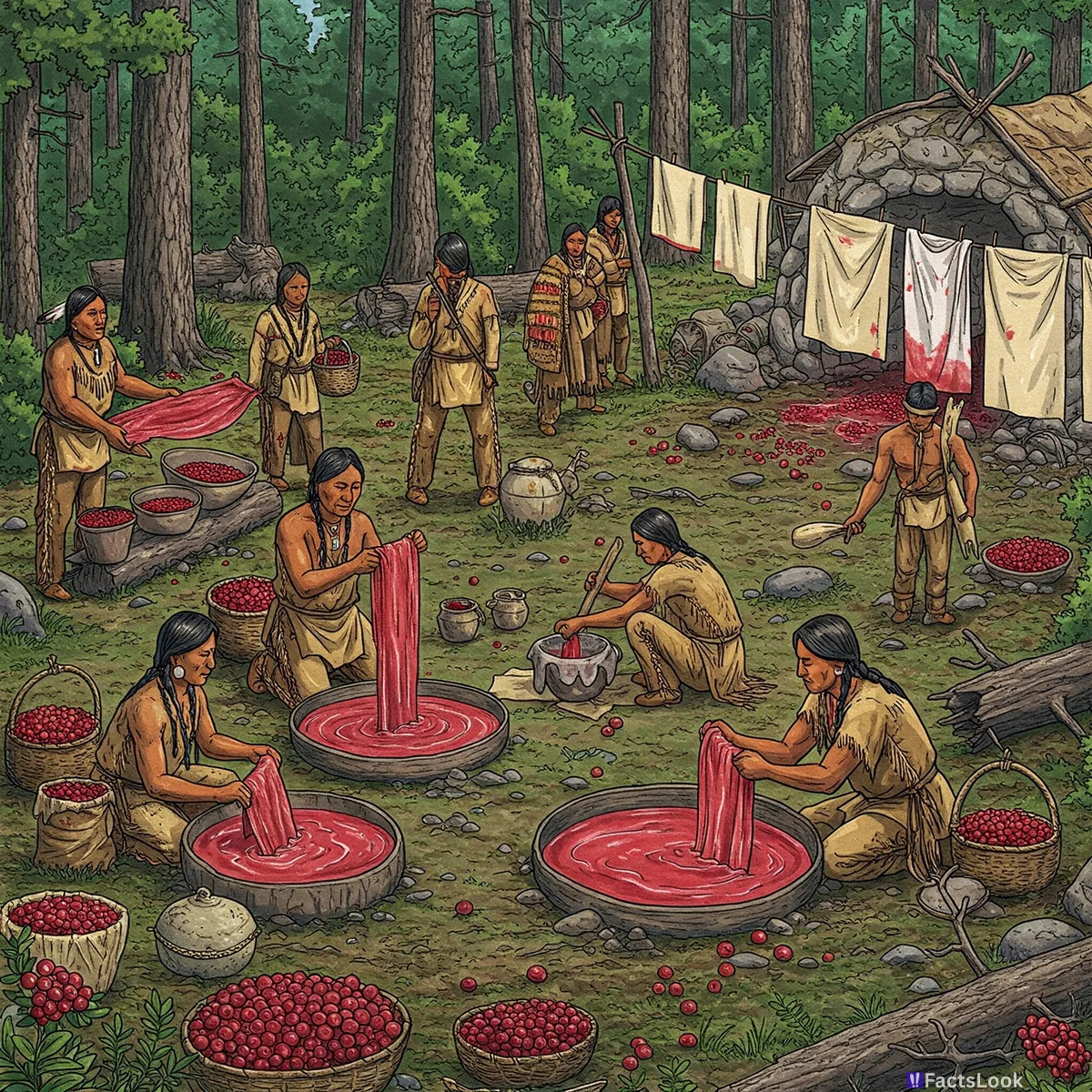
Before becoming a Thanksgiving staple, cranberries were highly valued by Native Americans for their vibrant red dye. They used it to color fabrics and create paints. European settlers later adopted this use, and eventually, began incorporating cranberries into their cooking.
Pumpkin Pie's Pre-Thanksgiving History
Pumpkin spice isn’t a recent invention! Early colonists did utilize pumpkin but did not bake pies as pumpkins lacked butter & flour. Instead they hollowed out pumpkins, filled them with milk, spices, and honey, and baked them directly in ashes. The modern pumpkin pie evolved much later.
Jelly Beans Were a Civil War Treat
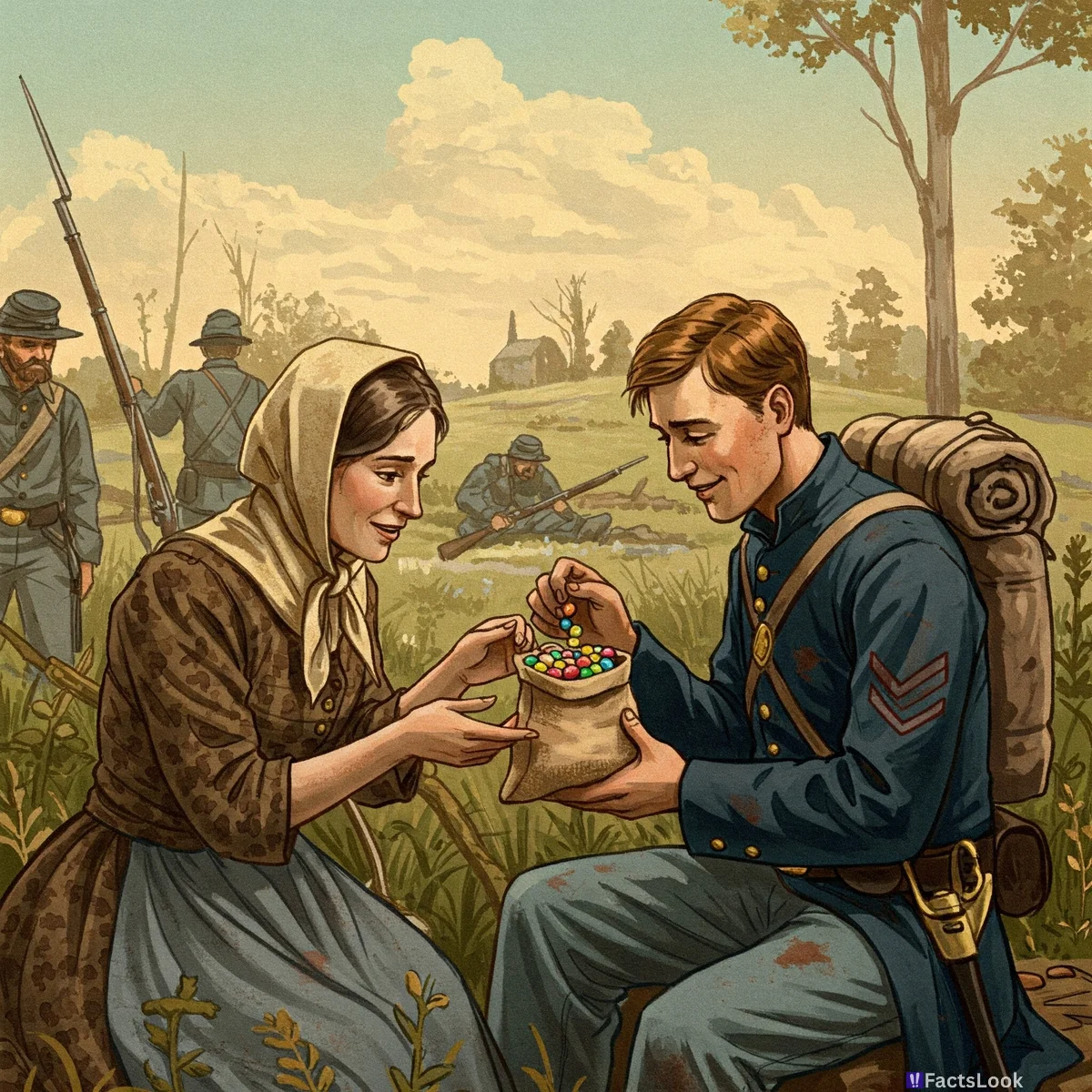
During the Civil War, sending hard candies to soldiers on the front lines was common. Jelly beans, originally called “gumdrop buttons,” became popular due to their portability and long shelf life as a reminder of home and are somewhat linked to the rise of Thanksgiving as a national holiday.
Stuffing vs. Dressing: It's a Regional Thing
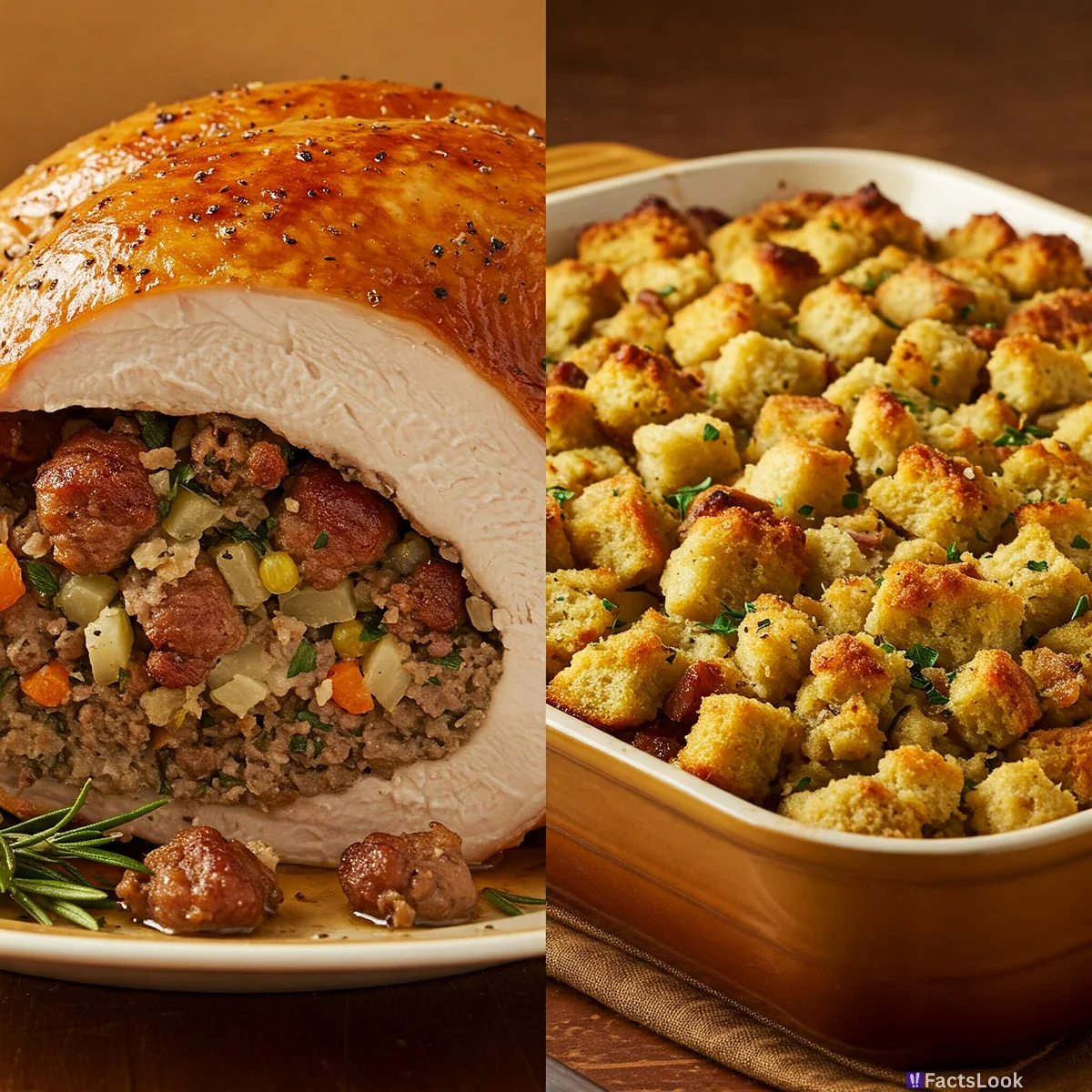
The terms “stuffing” and “dressing” are often used interchangeably, but there's a key difference. ‘Stuffing’ is cooked *inside* the turkey, while ‘dressing’ is baked in a separate dish. The terminology varies by region, with ‘dressing’ being more common in the South.
The Average Thanksgiving Dinner Cost (2023)
According to the American Farm Bureau Federation, the average cost of a classic Thanksgiving feast for 10 people in 2023 was $61.17. This reflects fluctuations in food prices and regional differences. [Source: https://www.fb.org/newsroom/thanksgiving-cost-report]
The 'Wishbone' Tradition's Roots
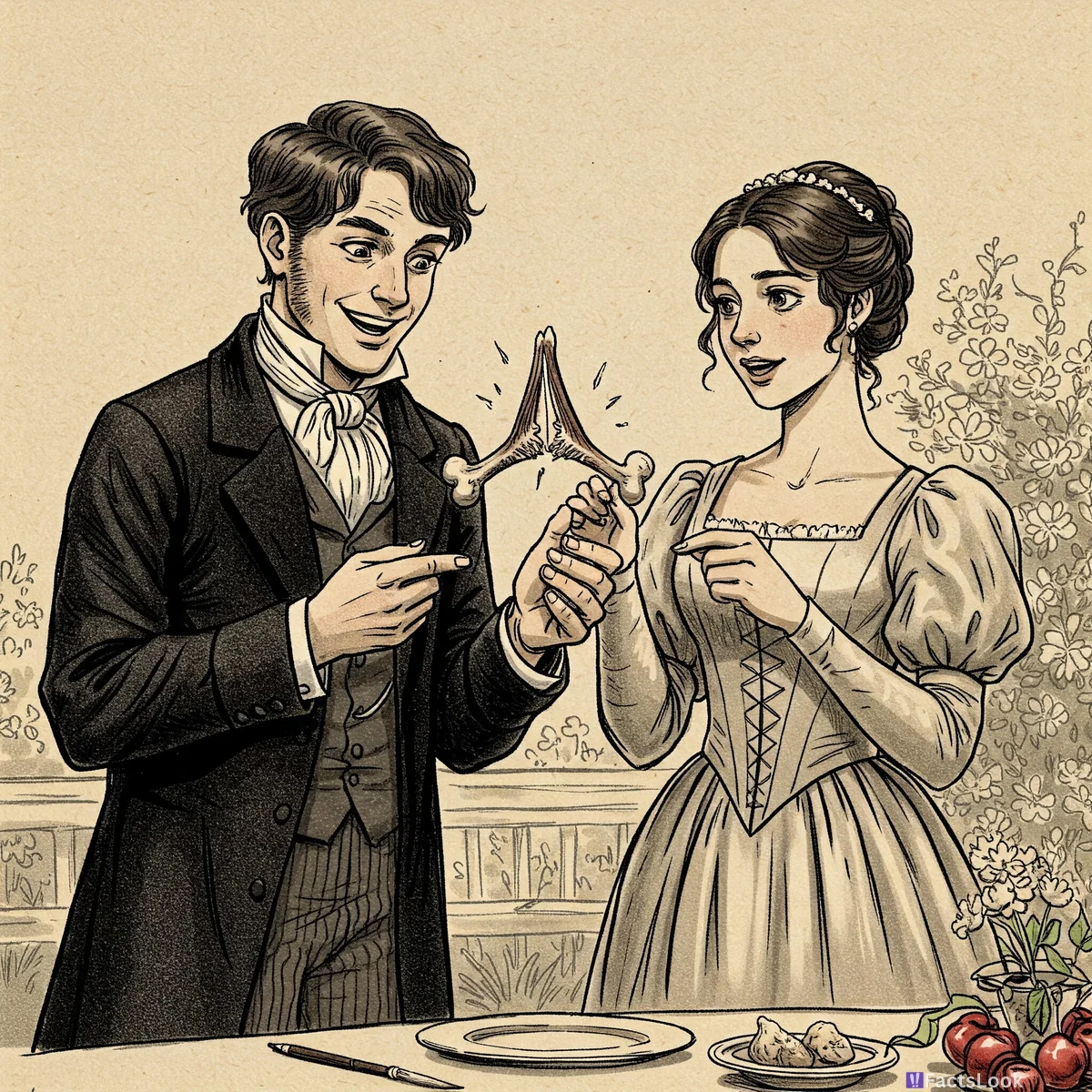
The tradition of breaking the wishbone dates back to ancient times but was popularized in England. It was once believed the bone held magical properties, and the person who broke it with the larger piece would have their wish granted. Colonial Americans carried on the tradition.
Thanksgiving & Black Friday's Connection
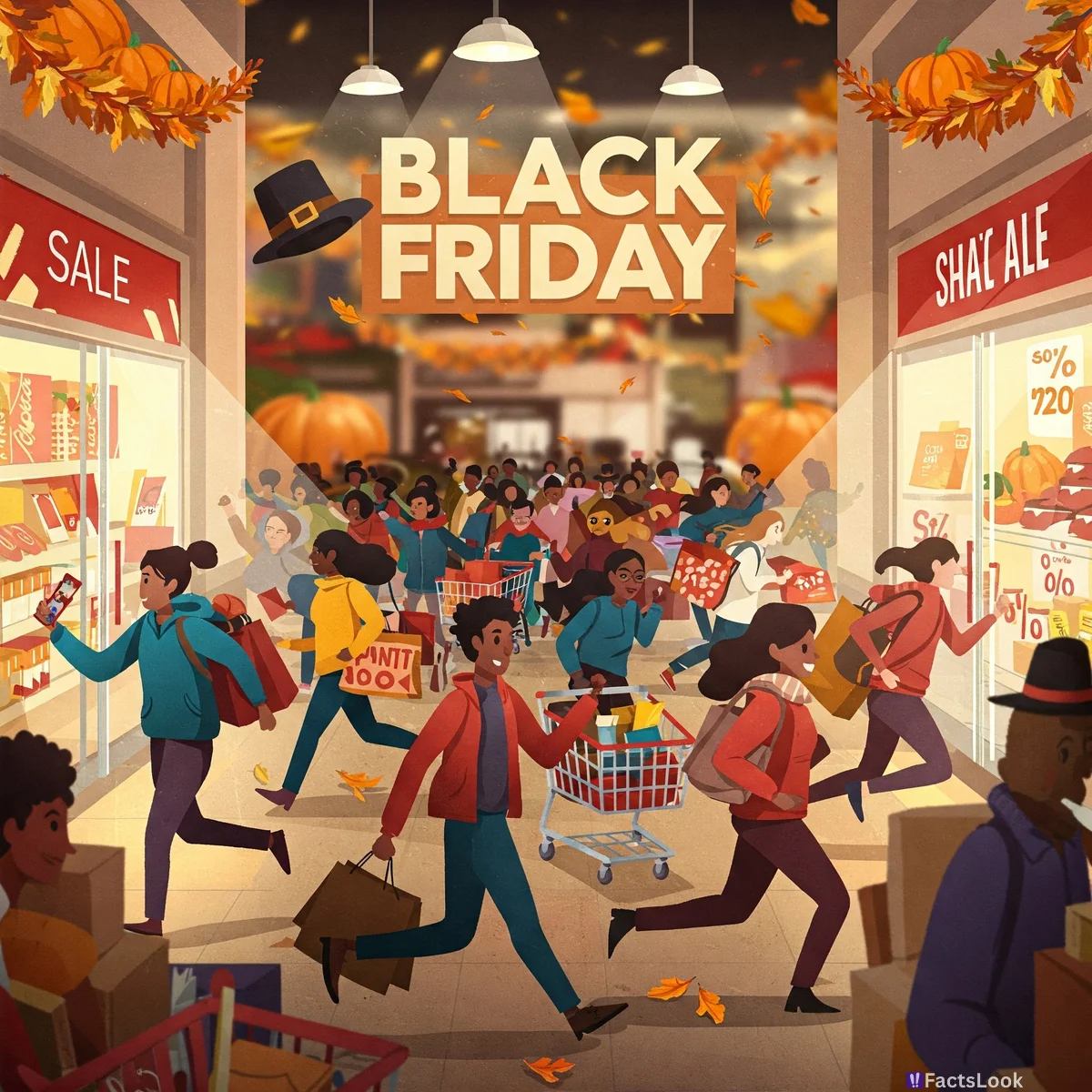
The concept of ‘Black Friday’ as a shopping event emerged in the 1950s and 60s. It quickly became associated with Thanksgiving, as retailers used the day after the holiday to kick off the Christmas shopping season, hoping to turn a profit (going 'into the black').
Presidential Turkey Pardons Began with Truman
While President Lincoln is often credited with starting the turkey pardon tradition, it was President Harry Truman who was the first to *officially* receive a turkey as a gift and symbolically spare it from becoming dinner. The formal pardon ceremony began with President George H.W. Bush.
Canada Also Celebrates Thanksgiving…Earlier!
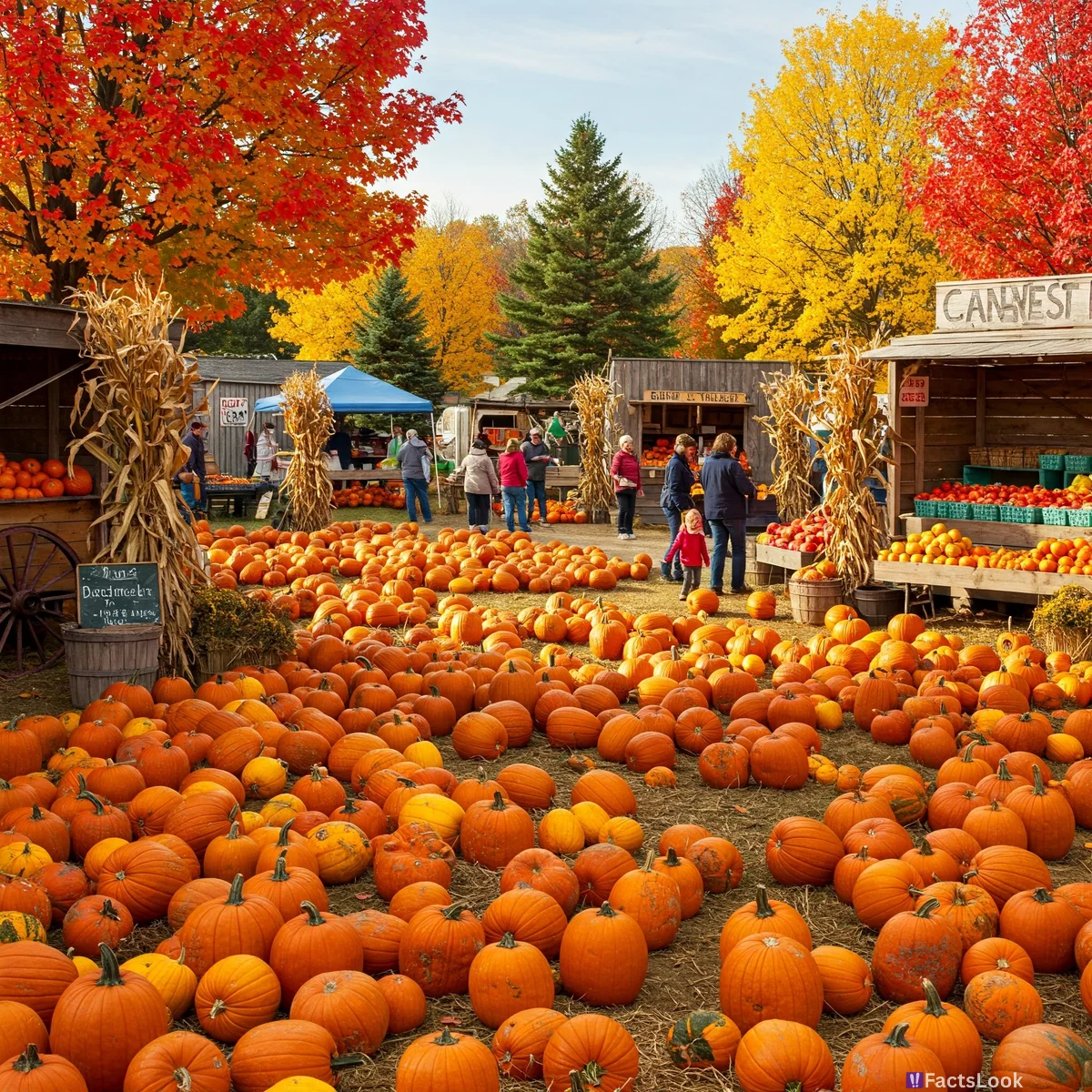
Canada also celebrates Thanksgiving, but on the second Monday in October. Their holiday has different roots, stemming from a harvest festival tradition celebrating the successful end of the harvest season. It's not tied to the Pilgrims’ story.
Sweet Potato Pie's African Roots

Sweet potato pie, a Thanksgiving favorite in many American households, has roots in African cuisine. Enslaved Africans brought their culinary traditions with them, adapting sweet potatoes (which were more readily available than pumpkins) into a delicious pie.
The Mayflower Compact’s Impact
The Mayflower Compact, signed aboard the Mayflower in 1620, wasn't a constitution, but a social contract. This agreement, establishing self-governance, influenced the ideals of democracy and played a role in shaping the values surrounding the first Thanksgiving.
Gravy Boats Were a Victorian Innovation
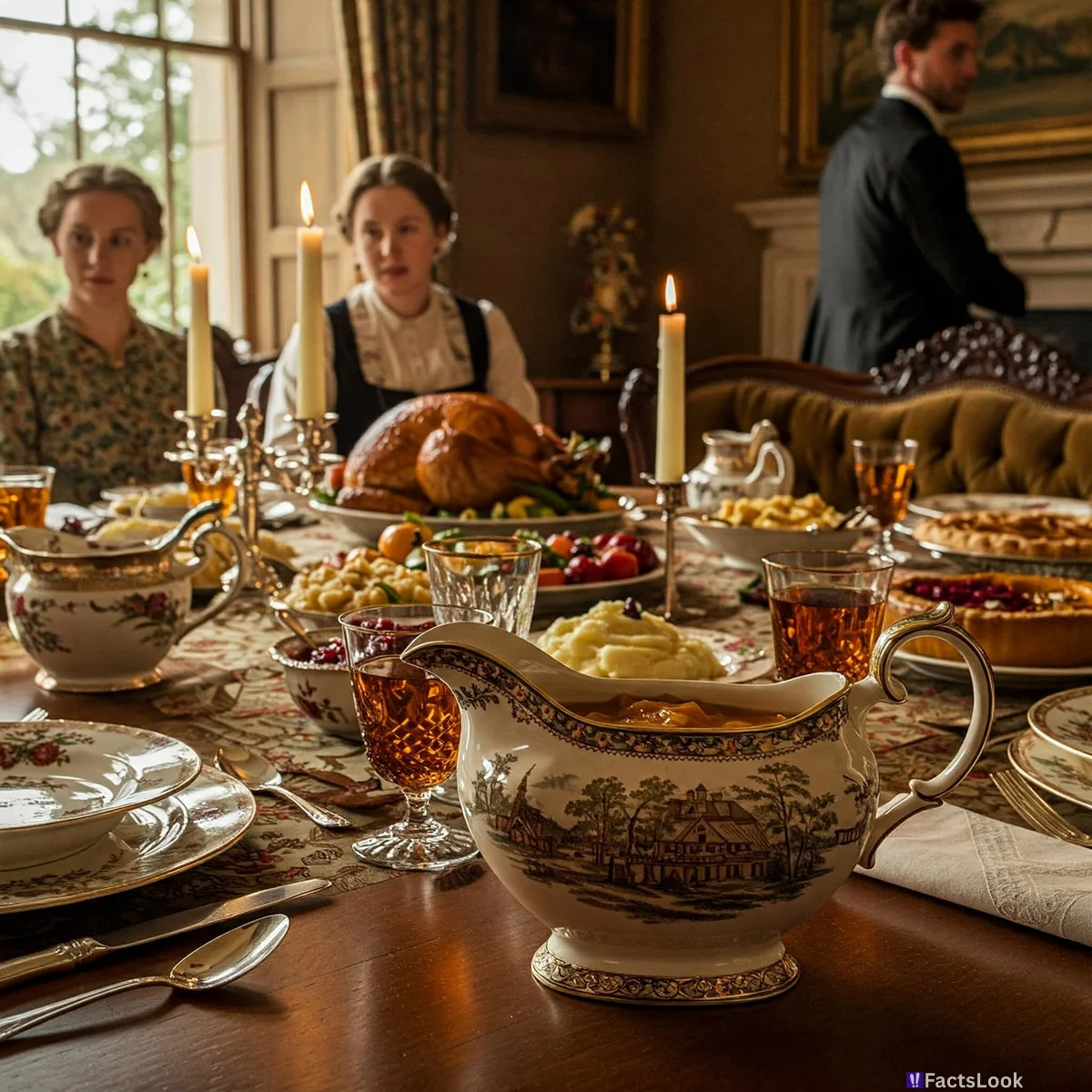
Gravy boats, those charming vessels for serving gravy, weren’t always around! They emerged as a dining accessory during the Victorian era, reflecting a growing emphasis on elaborate table settings and presentation.
Cornucopias Symbolize Abundance
The cornucopia, or “horn of plenty,” is a traditional symbol of abundance and nourishment. Its origins trace back to ancient Greek and Roman mythology, representing a bountiful harvest and a symbol of gratitude, making it a fitting emblem for Thanksgiving.
The Wild Turkey's Speed is Surprising!
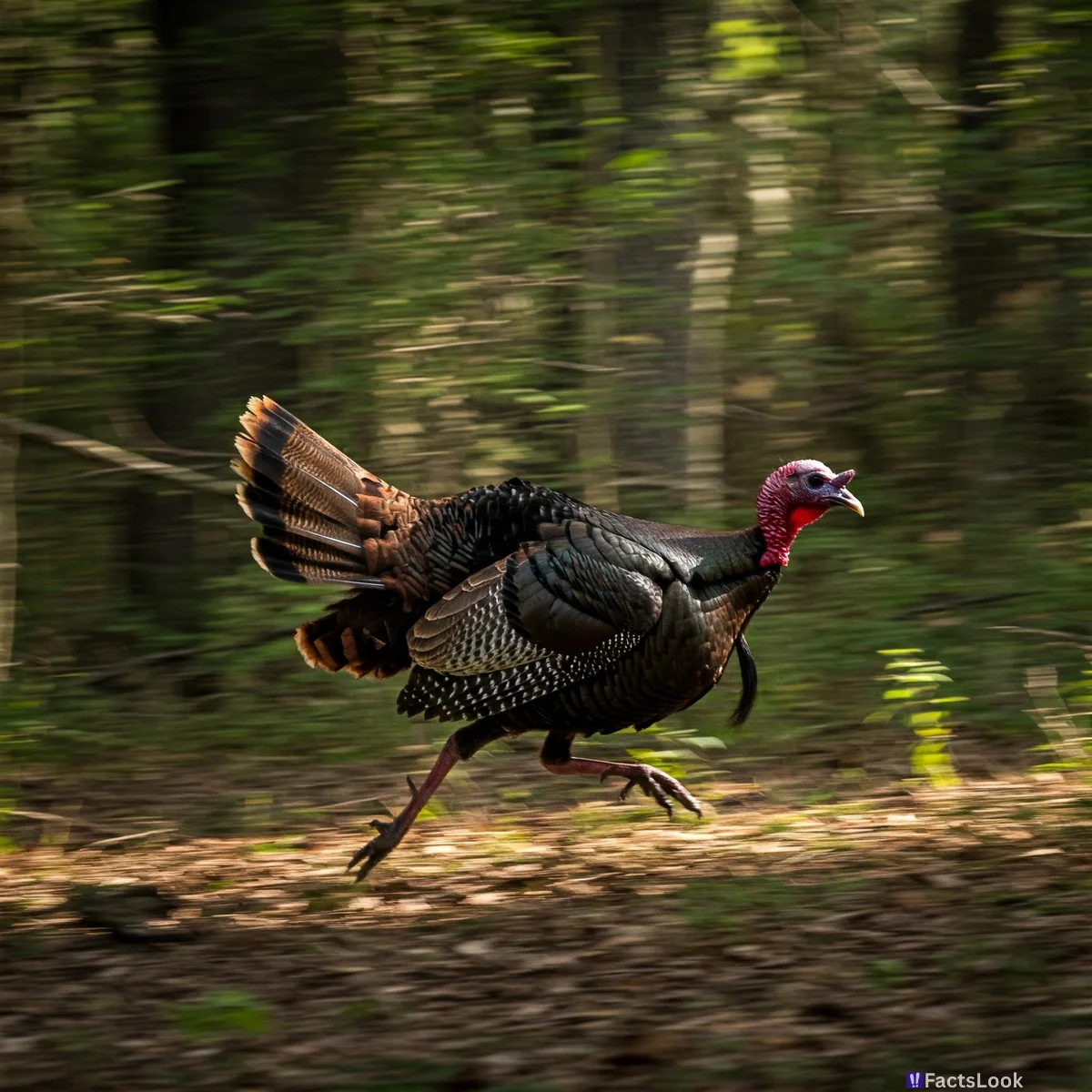
The wild turkey, the iconic bird of Thanksgiving, is surprisingly fast. They can run at speeds of up to 25 miles per hour and fly short distances at speeds of up to 55 miles per hour – making them quick escape artists!
Leftovers: A Post-War Phenomenon
The concept of intentionally saving and enjoying Thanksgiving leftovers didn’t become widespread until after World War II. Food conservation during the war years encouraged people to minimize waste, leading to creative ways to repurpose the holiday feast.
Beyond the US: Thanksgiving Around the World
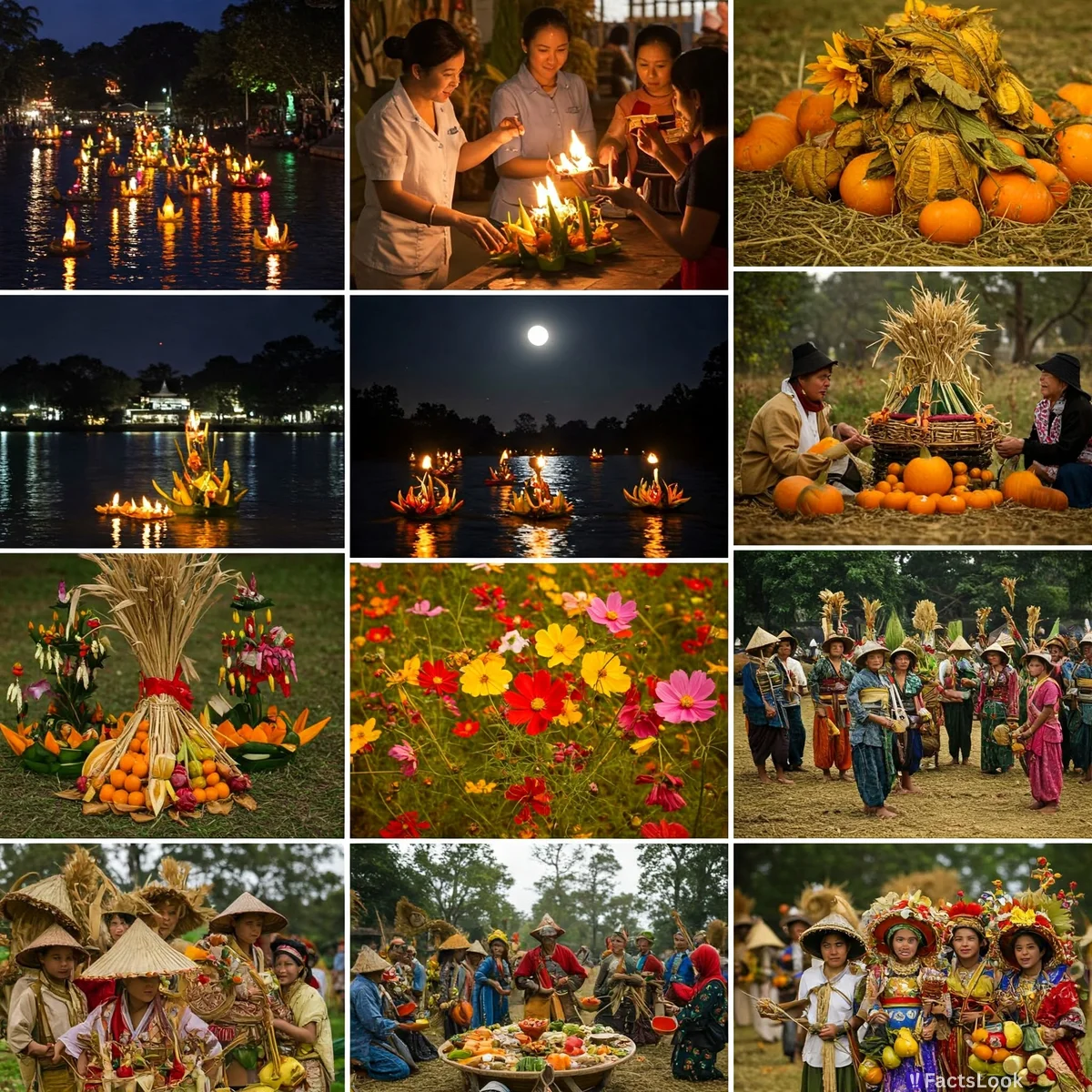
While the American Thanksgiving is unique, celebrations of gratitude and harvest abound globally. From the Chuseok festival in Korea to the Sukkot in Judaism, many cultures have traditions centered around thanking for a bountiful harvest and embracing togetherness.
Comments
Loading comments...